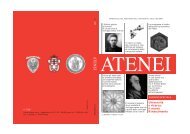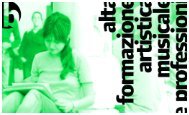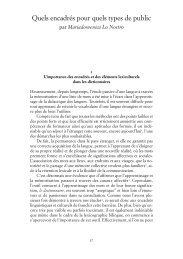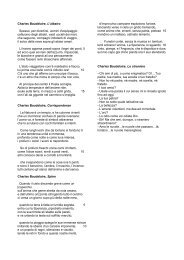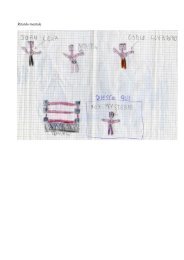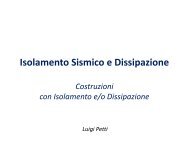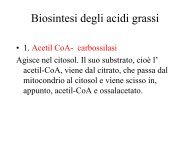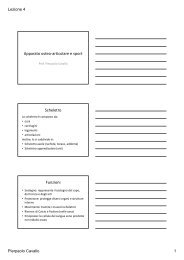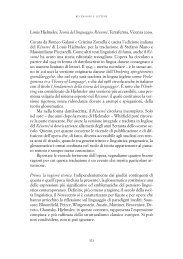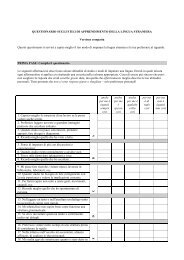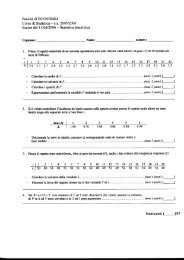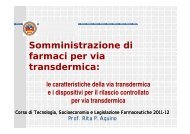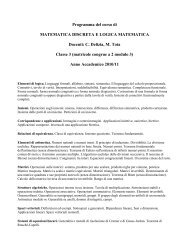Localising Cockney: translating dialect into Italian - Università degli ...
Localising Cockney: translating dialect into Italian - Università degli ...
Localising Cockney: translating dialect into Italian - Università degli ...
You also want an ePaper? Increase the reach of your titles
YUMPU automatically turns print PDFs into web optimized ePapers that Google loves.
Irene Ranzato<br />
successful of English <strong>dialect</strong>s, is the English normally used in the written<br />
form and spoken by the majority of the cultured population in England –<br />
again, the English normally studied in schools and language institutes –, but<br />
it is actually spoken by no more than 12 to 15% of the English population<br />
(ibid.). 1<br />
It is obvious that, besides the geographical variants, every region<br />
also offers a social spectrum of variations, with Standard English being the<br />
„prestigious‟ <strong>dialect</strong>, spoken by people at the top of the social spectrum, and a<br />
number of nonstandard variations in the other social strata. Although the<br />
word „<strong>dialect</strong>‟ refers to a way of speaking a language which is different from<br />
the standard, and not to an incorrect way of speaking a language, as it is often<br />
erroneously perceived, nonstandard <strong>dialect</strong>s are often associated with the<br />
language spoken by the „have nots‟ of society: those without power, less<br />
economically well off and less socially prominent, with little or no education.<br />
While legitimate linguistically, these <strong>dialect</strong>s tend to be stigmatised by the<br />
„haves‟ of society.<br />
The wide field of sociolinguistics and <strong>dialect</strong>ology, applied to<br />
translation and to AVT in particular, is one of the most fertile, lively and<br />
creative objects of research today. The particular interest in applying it to<br />
AVT lies in the fact that, thanks to the audio and visual dimensions, no other<br />
texts offer such a complete, varied and exhaustive number of examples of all<br />
sorts of linguistic variations and, thus, a practically infinite number of<br />
phonological, syntactical, and lexical objects of analysis. The films by British<br />
directors Ken Loach and Mike Leigh, for instance, are prime examples of the<br />
wealth of material available to researchers, since both directors take a stark<br />
look at society and at people as they really are and as they really speak.<br />
Nonetheless, despite the wealth of information available in the fields<br />
of sociolinguistics and <strong>dialect</strong>ology, the approach to the translation of <strong>dialect</strong><br />
is generally superficial, dilettantesque or simply heedless of the problem. It is<br />
no wonder that if, as has been argued, the focus in the study of the English<br />
language is exclusively on Standard English and RP, the translator will not be<br />
sufficiently trained to pay much attention to any variations from the norm. It<br />
is thus of crucial importance to expose students, from a very early stage, to<br />
literary and audiovisual programmes which reflect the varied linguistic and<br />
social specificities of other cultures.<br />
2. New trends in dubbing<br />
The situation in Italy concerning the attitude of translators towards linguistic<br />
varieties is a complex one. Holmes (1988:49) makes the following distinction<br />
between the diachronic and the synchronic axes in the course of the 20 th<br />
century:<br />
110



